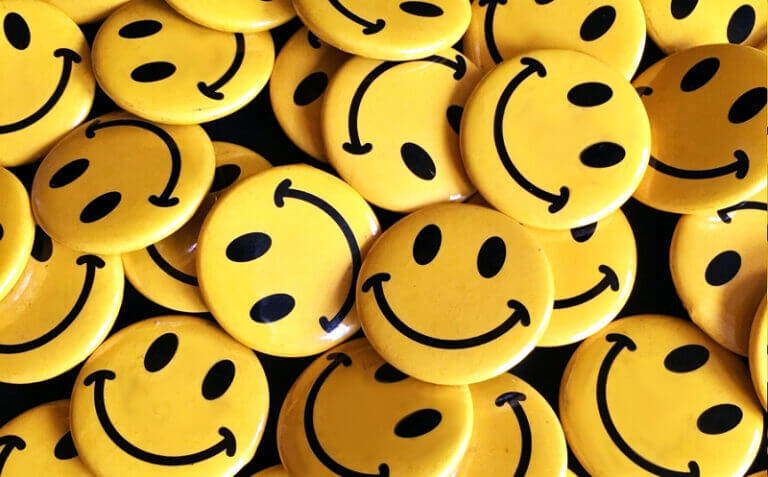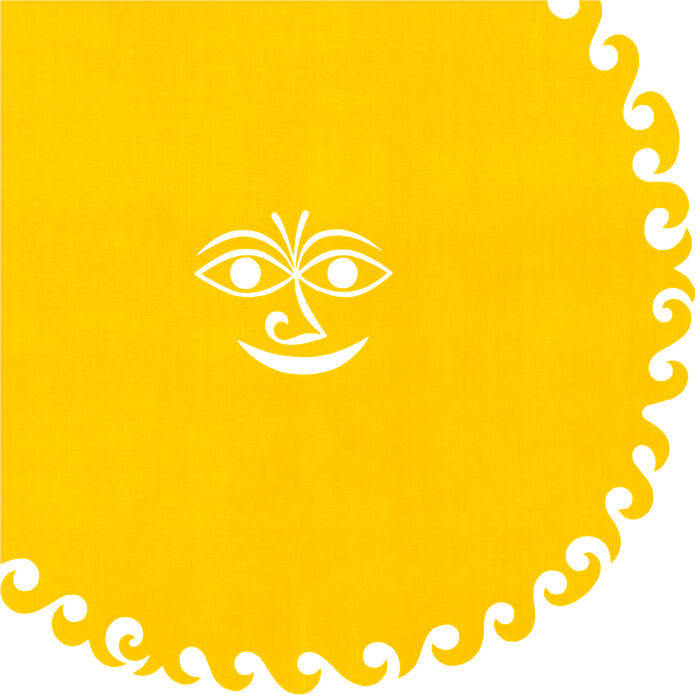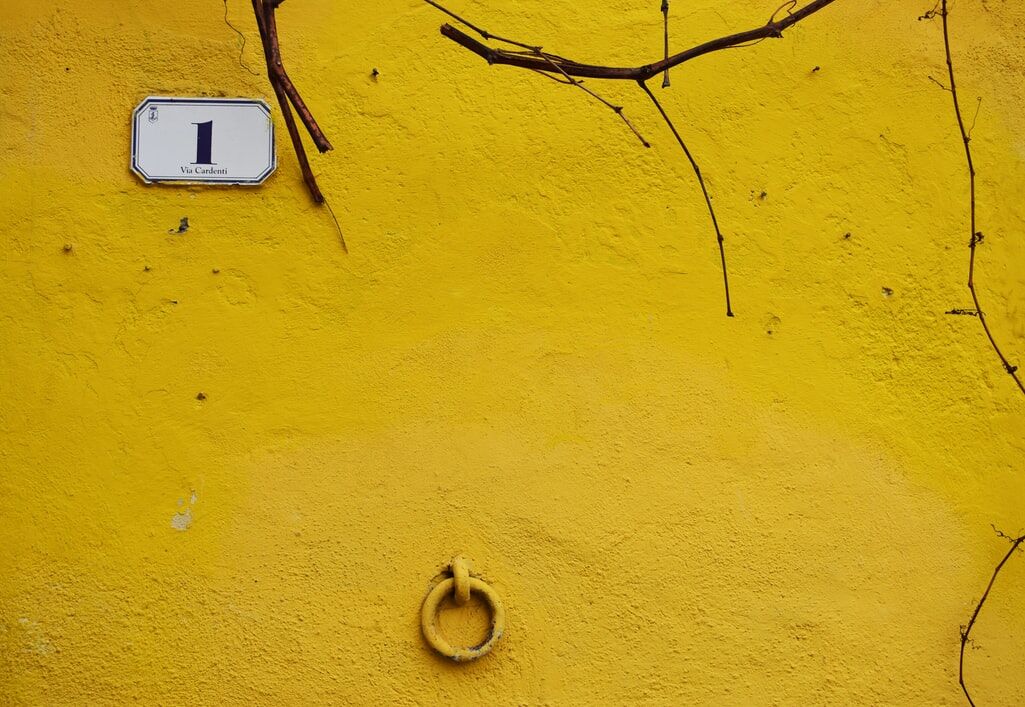Cautious, Exciting, & Complex: The Color Yellow
Photo courtesy of Unsplash/Chris Barbalis

Photo courtesy of Pinterest

Photo courtesy of Unsplash/Mona Eendra

Image courtesy of Alexander Girard Estate

There are so many different shades of yellow: electric green-yellows, tempered brown-yellows, and sophisticated orange-yellows. Each adds its own flavor to a space: yellow can serve as an invigorating highlight or a grounding warmth. This month, Ultrafabrics is highlighting a modern classic, Promessa/ Sun Shower. This bold marigold color, yellow with warm orange undertones, is often linked to the powerful strength of the sun, symbolizes energy and represents light and optimism.
Take a peek at our yellow fabric offerings:
Lino Yarrow 740-82613
Wired Lemon Drop 531-5266
Cove Sunflower 593-5247
Promessa Mustard 363-5263
Ultraleather Citrus 291-5200
Ultraleather Sassy 291-5250
Brisa Forecast Daisy 393-5267








